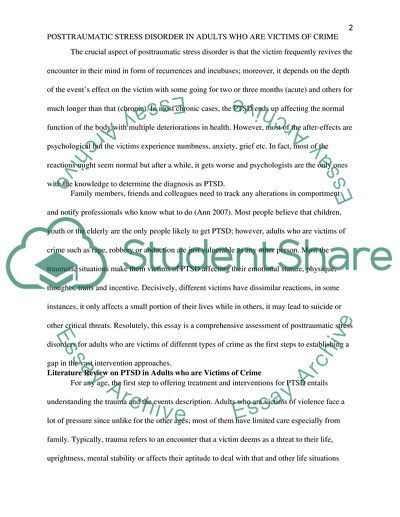Cite this document
(Features Of The Posttraumatic Stress In Adults Research Paper - 1, n.d.)
Features Of The Posttraumatic Stress In Adults Research Paper - 1. Retrieved from https://studentshare.org/sociology/1857204-social-work
Features Of The Posttraumatic Stress In Adults Research Paper - 1. Retrieved from https://studentshare.org/sociology/1857204-social-work
(Features Of The Posttraumatic Stress In Adults Research Paper - 1)
Features Of The Posttraumatic Stress In Adults Research Paper - 1. https://studentshare.org/sociology/1857204-social-work.
Features Of The Posttraumatic Stress In Adults Research Paper - 1. https://studentshare.org/sociology/1857204-social-work.
“Features Of The Posttraumatic Stress In Adults Research Paper - 1”, n.d. https://studentshare.org/sociology/1857204-social-work.


